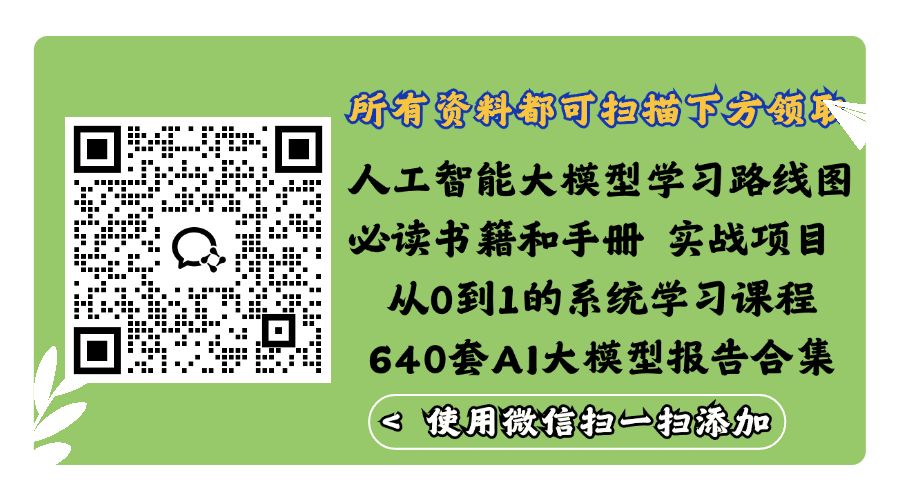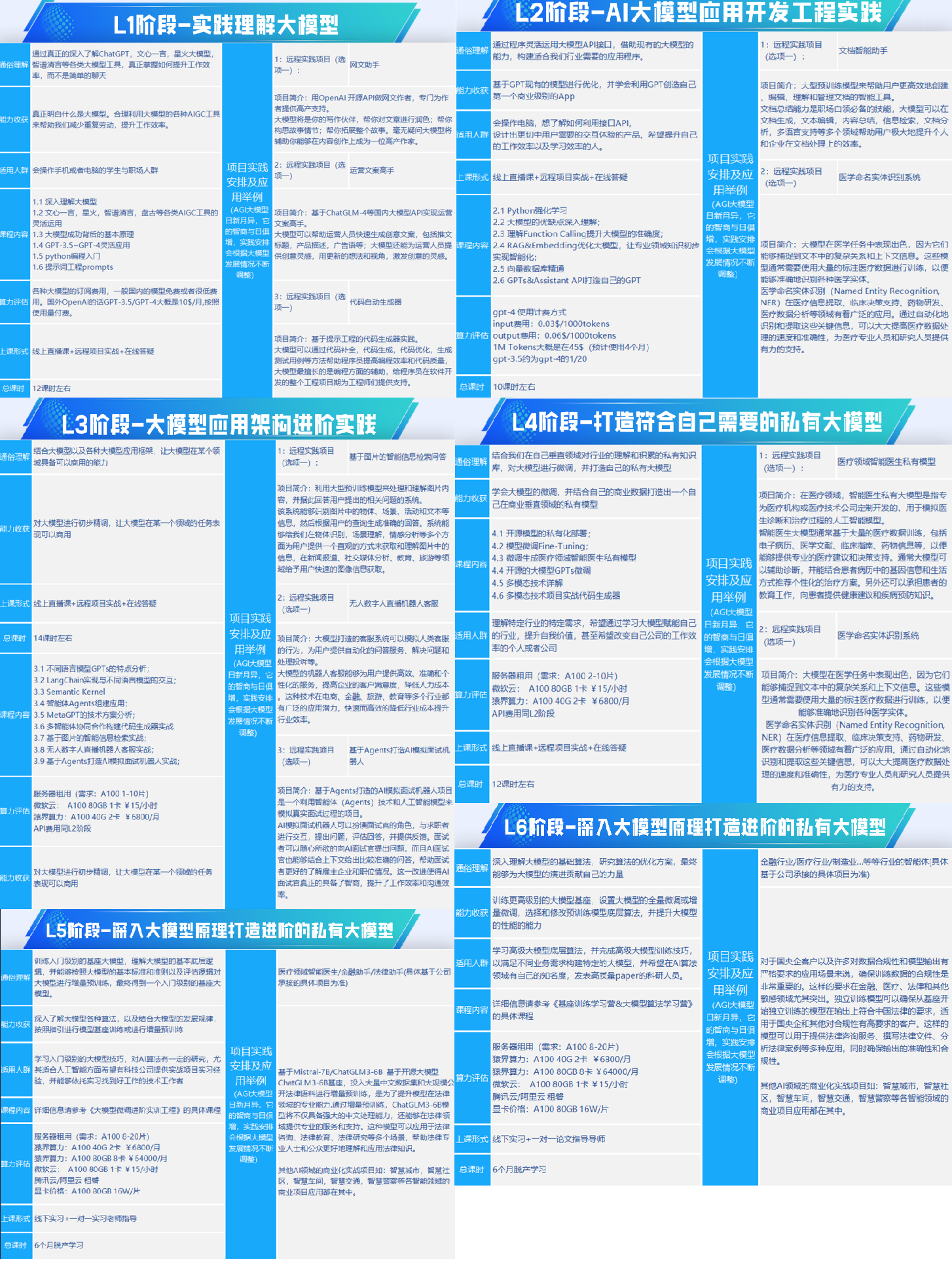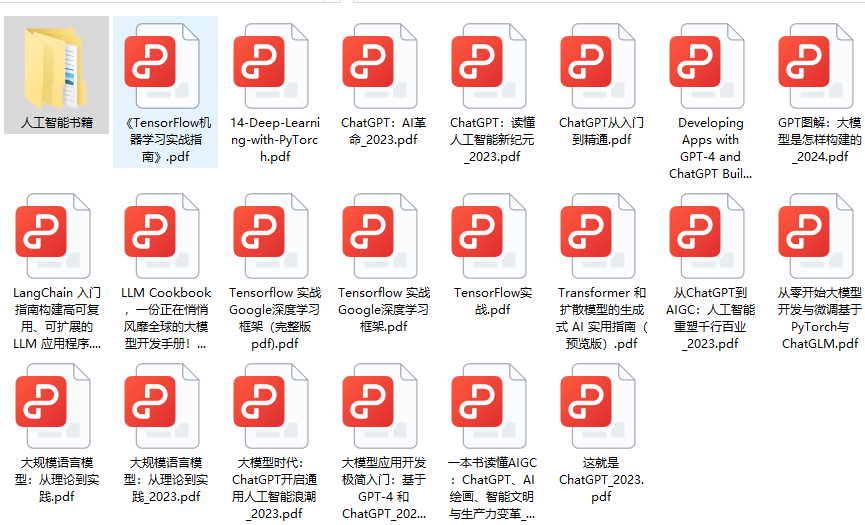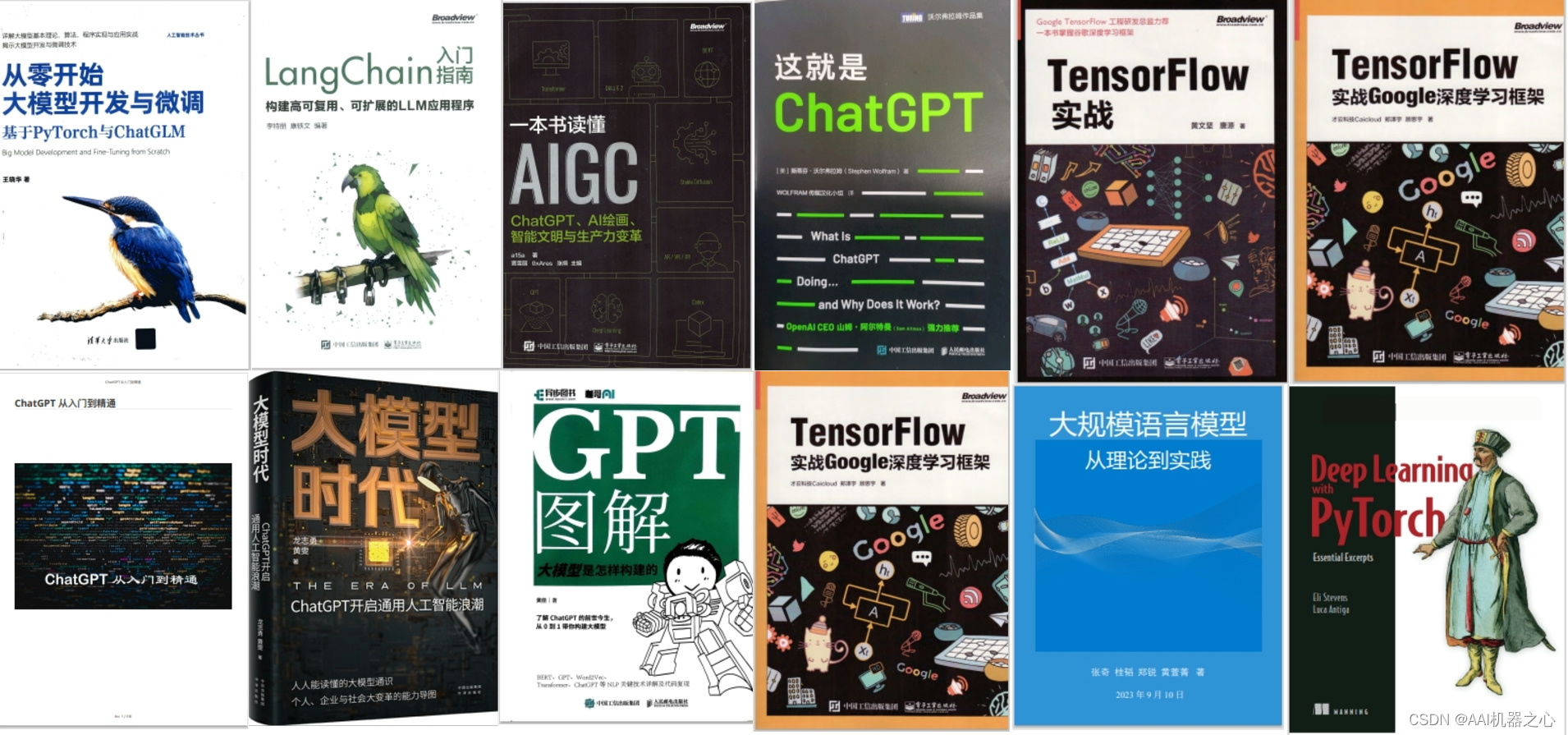随着人工智能技术的不断进步,深度学习在图像生成与风格迁移领域取得了显著的成就。本文将深入探讨基于深度学习的图像生成和风格迁移技术的原理、应用以及提供一些实际的代码示例。

深度学习作为人工智能领域的一支重要力量,通过神经网络模型的训练实现了在图像生成和风格迁移方面的惊人表现。图像生成旨在从随机噪声中生成逼真的图像,而风格迁移则致力于将一张图像的艺术风格应用于另一张图像上,创造出新颖而有趣的效果。
图像生成
生成对抗网络(GAN)
生成对抗网络是图像生成领域的一项重要技术,它由一个生成器和一个判别器组成,二者通过对抗的方式共同提高性能。以下是一个简单的基于GAN的图像生成代码示例(使用Python和TensorFlow):
scss
复制代码
import tensorflow as tf
from tensorflow.keras import layers, models
# 定义生成器模型
def build_generator(latent_dim):
model = models.Sequential()
model.add(layers.Dense(256, input_dim=latent_dim, activation='relu'))
model.add(layers.BatchNormalization())
model.add(layers.Dense(784, activation='sigmoid'))
model.add(layers.Reshape((28, 28, 1)))
return model
# 定义判别器模型
def build_discriminator(img_shape):
model = models.Sequential()
model.add(layers.Flatten(input_shape=img_shape))
model.add(layers.Dense(256, activation='relu'))
model.add(layers.Dense(1, activation='sigmoid'))
return model
# 定义GAN模型
def build_gan(generator, discriminator):
discriminator.trainable = False
model = models.Sequential()
model.add(generator)
model.add(discriminator)
return model
变分自编码器(VAE)
变分自编码器是另一种用于图像生成的方法,它通过学习数据的潜在分布来生成新的样本。以下是一个简单的基于VAE的图像生成代码示例(使用Python和Keras):
ini
复制代码
import tensorflow as tf
from tensorflow.keras import layers, models
# 定义编码器模型
def build_encoder(latent_dim):
inputs = layers.Input(shape=(28, 28, 1))
x = layers.Flatten()(inputs)
x = layers.Dense(128, activation='relu')(x)
z_mean = layers.Dense(latent_dim)(x)
z_log_var = layers.Dense(latent_dim)(x)
return models.Model(inputs, [z_mean, z_log_var])
# 定义解码器模型
def build_decoder(latent_dim):
inputs = layers.Input(shape=(latent_dim,))
x = layers.Dense(128, activation='relu')(inputs)
x = layers.Dense(784, activation='sigmoid')(x)
outputs = layers.Reshape((28, 28, 1))(x)
return models.Model(inputs, outputs)
# 定义VAE模型
def build_vae(encoder, decoder):
inputs = layers.Input(shape=(28, 28, 1))
z_mean, z_log_var = encoder(inputs)
z = layers.Lambda(sample)([z_mean, z_log_var])
reconstructed = decoder(z)
return models.Model(inputs, reconstructed)
风格迁移
神经风格迁移
神经风格迁移通过将一张图像的内容与另一张图像的风格相结合,创造出新的合成图像。以下是一个基于TensorFlow和Keras的简单神经风格迁移代码示例:
ini
复制代码
import tensorflow as tf
from tensorflow.keras.preprocessing import image
from tensorflow.keras.applications.vgg19 import preprocess_input, VGG19
import numpy as np
def load_and_preprocess_image(image_path, target_size=(224, 224)):
img = image.load_img(image_path, target_size=target_size)
img_array = image.img_to_array(img)
img_array = np.expand_dims(img_array, axis=0)
img_array = preprocess_input(img_array)
return img_array
def style_transfer(content_path, style_path, output_path):
content_image = load_and_preprocess_image(content_path)
style_image = load_and_preprocess_image(style_path)
model = VGG19(weights='imagenet', include_top=False)
content_layers = ['block5_conv2']
style_layers = ['block1_conv1', 'block2_conv1', 'block3_conv1', 'block4_conv1', 'block5_conv1']
content_outputs = [model.get_layer(name).output for name in content_layers]
style_outputs = [model.get_layer(name).output for name in style_layers]
model_outputs = content_outputs + style_outputs
style_model = models.Model(model.input, model_outputs)
content_target = style_model(content_image)
style_target = style_model(style_image)
generated_image = tf.Variable(content_image)
optimizer = tf.optimizers.Adam(learning_rate=0.02, beta_1=0.99, epsilon=1e-1)
style_transfer_train_step(generated_image, content_target, style_target, optimizer, style_model)
img = generated_image.numpy()
img = img.reshape((img.shape[1], img.shape[2], 3))
img = deprocess_img(img)
image.save_img(output_path, img)
Variational Autoencoder (VAE)

当涉及到深度学习中的图像生成与风格迁移时,一个流行的库是 TensorFlow 和 Keras。以下是一个简单的图像生成案例,使用 Variational Autoencoder (VAE)。这个例子将使用 MNIST 数据集,目标是从随机噪声生成手写数字的图像。
ini
复制代码
import numpy as np
import matplotlib.pyplot as plt
from tensorflow.keras.layers import Input, Dense, Lambda
from tensorflow.keras.models import Model
from tensorflow.keras import backend as K
from tensorflow.keras import metrics
from tensorflow.keras.datasets import mnist
# 超参数
batch_size = 100
original_dim = 28 * 28
latent_dim = 2
intermediate_dim = 256
epochs = 20
epsilon_std = 1.0
# 编码器部分
x = Input(shape=(original_dim,))
h = Dense(intermediate_dim, activation='relu')(x)
z_mean = Dense(latent_dim)(h)
z_log_var = Dense(latent_dim)(h)
# 采样函数
def sampling(args):
z_mean, z_log_var = args
batch = K.shape(z_mean)[0]
dim = K.int_shape(z_mean)[1]
epsilon = K.random_normal(shape=(batch, dim), mean=0., stddev=epsilon_std)
return z_mean + K.exp(0.5 * z_log_var) * epsilon
z = Lambda(sampling, output_shape=(latent_dim,))([z_mean, z_log_var])
# 解码器部分
decoder_h = Dense(intermediate_dim, activation='relu')
decoder_mean = Dense(original_dim, activation='sigmoid')
h_decoded = decoder_h(z)
x_decoded_mean = decoder_mean(h_decoded)
# 构建 VAE 模型
vae = Model(x, x_decoded_mean)
# 损失函数计算
xent_loss = original_dim * metrics.binary_crossentropy(x, x_decoded_mean)
kl_loss = - 0.5 * K.sum(1 + z_log_var - K.square(z_mean) - K.exp(z_log_var), axis=-1)
vae_loss = K.mean(xent_loss + kl_loss)
# 编译 VAE 模型
vae.add_loss(vae_loss)
vae.compile(optimizer='rmsprop')
# 加载 MNIST 数据集
(x_train, _), (x_test, y_test) = mnist.load_data()
# 数据预处理
x_train = x_train.astype('float32') / 255.
x_test = x_test.astype('float32') / 255.
x_train = x_train.reshape((len(x_train), np.prod(x_train.shape[1:])))
x_test = x_test.reshape((len(x_test), np.prod(x_test.shape[1:])))
# 训练 VAE 模型
vae.fit(x_train, shuffle=True, epochs=epochs, batch_size=batch_size, validation_data=(x_test, None))
# 构建解码器模型,用于将潜在空间映射回图像空间
decoder_input = Input(shape=(latent_dim,))
_h_decoded = decoder_h(decoder_input)
_x_decoded_mean = decoder_mean(_h_decoded)
generator = Model(decoder_input, _x_decoded_mean)
# 生成一些新的手写数字图像
n = 15 # 生成 15x15 的手写数字
digit_size = 28
figure = np.zeros((digit_size * n, digit_size * n))
# 在潜在空间中均匀采样
grid_x = np.linspace(-2, 2, n)
grid_y = np.linspace(-2, 2, n)[::-1]
# 生成图像
for i, yi in enumerate(grid_y):
for j, xi in enumerate(grid_x):
z_sample = np.array([[xi, yi]])
x_decoded = generator.predict(z_sample)
digit = x_decoded[0].reshape(digit_size, digit_size)
figure[i * digit_size: (i + 1) * digit_size,
j * digit_size: (j + 1) * digit_size] = digit
# 显示生成的图像
plt.figure(figsize=(10, 10))
plt.imshow(figure, cmap='Greys_r')
plt.show()
这个例子使用 Variational Autoencoder(变分自编码器)从 MNIST 数据集中学习手写数字的分布,并从潜在空间生成新的手写数字图像。你可以在这个基础上扩展,尝试不同的数据集、调整超参数,或者尝试其他图像生成和风格迁移的技术。
这段代码实现了一个变分自编码器(Variational Autoencoder,VAE),用于生成手写数字图像。下面是对代码的解析:
-
导入库和模块:
numpy用于数值计算。matplotlib.pyplot用于绘图。tensorflow.keras中的一些模块用于构建深度学习模型。mnist数据集用于加载手写数字图像。
-
设置超参数:
batch_size:训练时的批量大小。original_dim:原始图像的维度,这里是 MNIST 数据集的图像大小 28x28。latent_dim:潜在空间的维度,也是编码器输出的维度。intermediate_dim:编码器中间层的维度。epochs:训练的轮数。epsilon_std:用于采样的噪声标准差。
-
构建编码器部分:
- 使用 Keras 函数式 API 构建模型。
x是输入层,表示原始图像。h是中间层,通过一个全连接层进行变换,并使用 ReLU 激活函数。z_mean和z_log_var是分别表示潜在空间的均值和对数方差的全连接层。
-
采样函数:
sampling函数用于从潜在空间中采样,根据均值和对数方差进行高斯分布采样。
-
构建解码器部分:
- 使用相同的中间层结构,但是是解码器部分。
decoder_h是解码器中间层,使用 ReLU 激活函数。decoder_mean是解码器输出层,使用 sigmoid 激活函数。
-
构建整体 VAE 模型:
- 使用 Keras 的
Model类将编码器和解码器连接成一个完整的 VAE 模型。 - 损失函数由重构损失(
xent_loss)和 KL 散度损失(kl_loss)组成。
- 使用 Keras 的
-
编译 VAE 模型:
- 使用
vae.add_loss()将损失函数添加到模型中。 - 使用
compile方法编译模型,选择优化器为 ‘rmsprop’。
- 使用
-
加载和预处理 MNIST 数据集:
- 使用
mnist.load_data()加载数据集。 - 将图像像素值缩放到 [0, 1] 的范围内。
- 使用
-
训练 VAE 模型:
- 使用
fit方法进行模型训练,输入训练数据和验证数据。
- 使用
-
构建解码器模型:
- 使用解码器部分构建一个单独的解码器模型,用于将潜在空间映射回图像空间。
-
生成新的手写数字图像:
* 在潜在空间中均匀采样一些点。
* 使用解码器模型生成相应的图像。
* 将生成的图像拼接成一个大图,并使用 `matplotlib` 显示生成的手写数字图像。
VGG19模型

以下是一个基于TensorFlow和Keras的简单图像风格迁移的代码案例。这个例子使用的是VGG19模型,它被用于提取图像的内容和风格特征,然后通过梯度下降来优化生成的图像,使其同时拥有目标内容和目标风格。
ini
复制代码
import tensorflow as tf
from tensorflow.keras.preprocessing import image
from tensorflow.keras.applications.vgg19 import VGG19, preprocess_input
import numpy as np
import matplotlib.pyplot as plt
# 定义图像处理函数
def load_and_preprocess_image(image_path, target_size=(224, 224)):
img = image.load_img(image_path, target_size=target_size)
img_array = image.img_to_array(img)
img_array = np.expand_dims(img_array, axis=0)
img_array = preprocess_input(img_array)
return img_array
# 定义风格迁移模型
def style_transfer(content_path, style_path, output_path, iterations=1000, content_weight=1e3, style_weight=1e-2):
content_image = load_and_preprocess_image(content_path)
style_image = load_and_preprocess_image(style_path)
# 使用VGG19模型进行特征提取
vgg = VGG19(include_top=False, weights='imagenet')
# 冻结所有层,只保留特征提取层
for layer in vgg.layers:
layer.trainable = False
content_layer = 'block4_conv2'
style_layers = ['block1_conv1', 'block2_conv1', 'block3_conv1', 'block4_conv1', 'block5_conv1']
content_model = tf.keras.models.Model(inputs=vgg.input, outputs=vgg.get_layer(content_layer).output)
style_models = [tf.keras.models.Model(inputs=vgg.input, outputs=vgg.get_layer(layer).output) for layer in style_layers]
# 内容和风格损失函数
def content_loss(content, target):
return tf.reduce_mean(tf.square(content - target))
def gram_matrix(x):
features = tf.keras.backend.batch_flatten(tf.keras.backend.permute_dimensions(x, (2, 0, 1)))
return tf.matmul(features, tf.transpose(features))
def style_loss(style, target):
S = gram_matrix(style)
C = gram_matrix(target)
channels = 3
size = target_size[0] * target_size[1]
return tf.reduce_sum(tf.square(S - C)) / (4.0 * (channels ** 2) * (size ** 2))
# 设置目标内容和风格
target_content = content_model(content_image)
target_styles = [model(style_image) for model in style_models]
# 初始化生成图像
generated_image = tf.Variable(content_image, dtype=tf.float32)
# 使用Adam优化器
optimizer = tf.optimizers.Adam(learning_rate=5, beta_1=0.99, epsilon=1e-1)
# 定义训练步骤
@tf.function()
def train_step(image):
with tf.GradientTape() as tape:
model_output = content_model(image)
content_loss_val = content_loss(model_output, target_content)
style_loss_val = 0
for style, target_style in zip(model_output, target_styles):
style_loss_val += style_weight * style_loss(style, target_style)
total_loss = content_weight * content_loss_val + style_loss_val
gradients = tape.gradient(total_loss, image)
optimizer.apply_gradients([(gradients, image)])
image.assign(tf.clip_by_value(image, clip_value_min=0.0, clip_value_max=255.0))
# 迭代优化生成图像
for i in range(iterations):
train_step(generated_image)
if i % 100 == 0:
print(f"Iteration {i}")
# 保存生成的图像
generated_array = tf.squeeze(generated_image).numpy().astype(np.uint8)
plt.imshow(generated_array)
plt.axis('off')
plt.savefig(output_path)
plt.show()
# 设置路径和参数
content_image_path = 'path/to/content_image.jpg'
style_image_path = 'path/to/style_image.jpg'
output_image_path = 'path/to/output_image.jpg'
target_size = (224, 224)
# 运行风格迁移
style_transfer(content_image_path, style_image_path, output_image_path)
请确保替换代码中的路径为你实际的图像路径。此代码执行图像风格迁移,将内容图像的内容与风格图像的风格结合,生成具有新艺术风格的图像。

基于TensorFlow和Keras的简单图像风格迁移
以下是一个基于TensorFlow和Keras的简单图像风格迁移的代码案例。这个例子使用预训练的VGG19模型,通过优化生成的图像,使其同时拥有目标内容和目标风格。
ini
复制代码
import tensorflow as tf
from tensorflow.keras.preprocessing import image
from tensorflow.keras.applications.vgg19 import VGG19, preprocess_input, decode_predictions
import numpy as np
import matplotlib.pyplot as plt
# 加载并预处理图像
def load_and_preprocess_image(image_path, target_size=(224, 224)):
img = image.load_img(image_path, target_size=target_size)
img_array = image.img_to_array(img)
img_array = np.expand_dims(img_array, axis=0)
img_array = preprocess_input(img_array)
return img_array
# 将图像转换回可显示的格式
def deprocess_image(x):
x = x.reshape((x.shape[1], x.shape[2], 3))
x /= 2.
x += 0.5
x *= 255.
x = np.clip(x, 0, 255).astype('uint8')
return x
# 定义风格迁移函数
def style_transfer(content_path, style_path, output_path, iterations=100, content_weight=1e3, style_weight=1e-2):
# 加载预训练的VGG19模型
vgg19 = VGG19(weights='imagenet', include_top=False)
vgg19.trainable = False
# 提取中间层特征
content_layers = ['block4_conv2']
style_layers = ['block1_conv1', 'block2_conv1', 'block3_conv1', 'block4_conv1', 'block5_conv1']
content_outputs = [vgg19.get_layer(layer).output for layer in content_layers]
style_outputs = [vgg19.get_layer(layer).output for layer in style_layers]
model_outputs = content_outputs + style_outputs
# 构建新的模型
model = tf.keras.models.Model(vgg19.input, model_outputs)
# 冻结模型权重
for layer in model.layers:
layer.trainable = False
# 加载并处理内容图像和风格图像
content_image = load_and_preprocess_image(content_path)
style_image = load_and_preprocess_image(style_path)
# 定义生成图像为可训练变量
generated_image = tf.Variable(content_image, dtype=tf.float32)
# 定义优化器
optimizer = tf.optimizers.Adam(learning_rate=5, beta_1=0.99, epsilon=1e-1)
# 定义损失函数
def content_loss(content, target):
return tf.reduce_mean(tf.square(content - target))
def gram_matrix(x):
features = tf.keras.backend.batch_flatten(tf.keras.backend.permute_dimensions(x, (2, 0, 1)))
return tf.matmul(features, tf.transpose(features))
def style_loss(style, target):
S = gram_matrix(style)
C = gram_matrix(target)
channels = 3
size = target.shape[1] * target.shape[2]
return tf.reduce_sum(tf.square(S - C)) / (4.0 * (channels ** 2) * (size ** 2))
# 定义总损失
def total_loss(content_weight, style_weight, content_loss_val, style_loss_val):
return content_weight * content_loss_val + style_weight * style_loss_val
# 定义训练步骤
@tf.function()
def train_step(image):
with tf.GradientTape() as tape:
model_output = model(image)
content_loss_val = content_loss(model_output[0], content_image)
style_loss_val = 0.0
for style, target_style in zip(model_output[1:], style_outputs):
style_loss_val += style_loss(style, target_style)
loss = total_loss(content_weight, style_weight, content_loss_val, style_loss_val)
gradients = tape.gradient(loss, image)
optimizer.apply_gradients([(gradients, image)])
image.assign(tf.clip_by_value(image, clip_value_min=0.0, clip_value_max=255.0))
# 迭代训练
for i in range(iterations):
train_step(generated_image)
if i % 100 == 0:
print(f"Iteration {i}")
# 保存生成的图像
generated_array = tf.squeeze(generated_image).numpy()
deprocessed_image = deprocess_image(generated_array)
plt.imshow(deprocessed_image)
plt.axis('off')
plt.savefig(output_path)
plt.show()
# 设置路径和参数
content_image_path = 'path/to/content_image.jpg'
style_image_path = 'path/to/style_image.jpg'
output_image_path = 'path/to/output_image.jpg'
# 运行风格迁移
style_transfer(content_image_path, style_image_path, output_image_path)
确保替换代码中的路径为你实际的图像路径。这个代码执行图像风格迁移,将内容图像的内容与风格图像的风格结合,生成具有新艺术风格的图像。
这段代码实现了风格迁移(Style Transfer)的功能,将一个图像的内容与另一个图像的风格结合,生成一个新的图像。以下是对代码的解析:
-
导入库和模块:
tensorflow是深度学习框架。tensorflow.keras.preprocessing.image用于图像预处理。tensorflow.keras.applications.vgg19中包含预训练的 VGG19 模型。numpy用于数值计算。matplotlib.pyplot用于绘图。
-
图像加载和预处理:
load_and_preprocess_image函数加载并预处理图像,使用 VGG19 模型的预处理方式。
-
图像反处理:
deprocess_image函数将图像反处理为可显示的格式,逆转 VGG19 模型的预处理过程。
-
风格迁移函数:
style_transfer函数接收内容图像路径、风格图像路径和输出路径等参数。- 使用预训练的 VGG19 模型提取中间层的内容和风格特征。
- 构建一个新的模型,包括指定层的输出。
- 冻结模型的权重,使其在训练时不被更新。
- 加载和处理内容图像和风格图像,并定义生成图像为可训练变量。
- 使用 Adam 优化器定义训练步骤,其中损失函数包括内容损失和风格损失。
- 通过迭代训练,合并内容和风格,生成新的图像。
-
损失函数:
content_loss函数计算内容损失,使用均方误差。gram_matrix函数用于计算风格矩阵。style_loss函数计算风格损失,通过比较风格矩阵的差异。total_loss函数计算总损失,结合内容和风格损失。
-
训练步骤:
train_step函数执行一步训练,计算梯度并更新生成的图像。- 使用
tf.function()装饰器加速训练步骤。
-
迭代训练:
- 通过多次迭代训练,合成内容和风格,逐步优化生成的图像。
-
保存和显示结果:
- 将生成的图像保存到指定路径,并用
matplotlib.pyplot显示图像。
- 将生成的图像保存到指定路径,并用
-
设置路径和参数:
- 设置内容图像路径、风格图像路径和输出图像路径等参数。
-
运行风格迁移:
- 调用
style_transfer函数,执行风格迁移。
- 调用
总体上,这段代码使用 VGG19 模型提取图像的内容和风格特征,然后通过迭代训练的方式将这些特征结合在一起,生成一个具有指定内容和风格的新图像。

深度学习中的图像生成与风格迁移
在人工智能领域,深度学习技术的不断发展为图像生成与风格迁移领域带来了新的活力。这些技术的应用不仅仅局限于科学研究,还延伸到了艺术、设计和创意领域。本文将深入探讨基于深度学习的图像生成和风格迁移技术,并提供了一些实际的代码示例,让读者能够更好地理解和应用这些先进的技术。
图像生成:生成对抗网络(GAN)与变分自编码器(VAE)
图像生成是深度学习中的一个重要方向,其中生成对抗网络(GAN)和变分自编码器(VAE)是两个备受关注的模型。
生成对抗网络(GAN) 是由一个生成器和一个判别器组成的框架。生成器试图生成逼真的图像,而判别器则尝试区分生成器生成的图像和真实图像。两者通过对抗训练,逐渐提高性能。在上文提到的GAN的代码示例中,我们展示了一个简单的基于全连接层的生成器和判别器模型。
变分自编码器(VAE) 是一种基于概率编码的图像生成方法。VAE通过学习数据的潜在分布,实现从随机噪声中生成新的样本。在上文的VAE代码示例中,我们展示了一个简单的编码器和解码器模型,以及如何构建一个完整的VAE模型。
风格迁移:神经风格迁移
风格迁移技术致力于将一张图像的艺术风格应用于另一张图像上,创造出新颖而有趣的效果。神经风格迁移是其中的一种方法,通过优化生成的图像,使其同时保留目标内容和目标风格。
在上文的代码示例中,我们使用了预训练的VGG19模型提取图像的内容和风格特征,并通过梯度下降来优化生成的图像。这个过程中,我们定义了内容损失和风格损失,通过调整权重来平衡两者,从而实现了图像风格的迁移。
应用领域
深度学习中的图像生成与风格迁移技术不仅在科学研究中取得了显著成果,也在艺术、设计和创意领域发挥着巨大的潜力。艺术家和设计师可以利用这些技术创造出独特、艺术性强的图像作品,拓展了创意的边界。
此外,这些技术在虚拟现实、视频游戏和电影制作中也有着广泛的应用。通过生成逼真的图像和实现风格迁移,可以提高虚拟世界的真实感,为用户带来更加沉浸式的体验。
总结
在本文中,我们深入探讨了深度学习中图像生成与风格迁移的领域。首先,我们介绍了图像生成领域的两个主要模型:生成对抗网络(GAN)和变分自编码器(VAE)。通过简单的代码示例,我们展示了它们是如何从随机噪声中生成逼真图像的。
接着,我们关注了风格迁移技术,特别是神经风格迁移。通过使用预训练的VGG19模型,我们展示了如何通过梯度下降优化生成的图像,使其同时拥有目标内容和风格,为图像注入艺术性。
在讨论应用领域时,我们强调了这些技术在艺术、设计、虚拟现实和视频游戏中的广泛应用。它们为创作者提供了新的创作工具,同时在虚拟世界中提高了图像的真实感,为用户带来更加沉浸式的体验。
总体而言,深度学习中的图像生成与风格迁移技术不仅推动了科学研究的进展,还赋予了艺术和创意领域新的可能性。这些技术的应用前景广阔,未来有望为数字体验领域带来更多创新,丰富人们的视觉感知。
如何系统的去学习大模型LLM ?
作为一名热心肠的互联网老兵,我意识到有很多经验和知识值得分享给大家,也可以通过我们的能力和经验解答大家在人工智能学习中的很多困惑,所以在工作繁忙的情况下还是坚持各种整理和分享。
但苦于知识传播途径有限,很多互联网行业朋友无法获得正确的资料得到学习提升,故此将并将重要的 AI大模型资料 包括AI大模型入门学习思维导图、精品AI大模型学习书籍手册、视频教程、实战学习等录播视频免费分享出来。
😝有需要的小伙伴,可以V扫描下方二维码免费领取🆓

一、全套AGI大模型学习路线
AI大模型时代的学习之旅:从基础到前沿,掌握人工智能的核心技能!

二、640套AI大模型报告合集
这套包含640份报告的合集,涵盖了AI大模型的理论研究、技术实现、行业应用等多个方面。无论您是科研人员、工程师,还是对AI大模型感兴趣的爱好者,这套报告合集都将为您提供宝贵的信息和启示。

三、AI大模型经典PDF籍
随着人工智能技术的飞速发展,AI大模型已经成为了当今科技领域的一大热点。这些大型预训练模型,如GPT-3、BERT、XLNet等,以其强大的语言理解和生成能力,正在改变我们对人工智能的认识。 那以下这些PDF籍就是非常不错的学习资源。


四、AI大模型商业化落地方案

阶段1:AI大模型时代的基础理解
- 目标:了解AI大模型的基本概念、发展历程和核心原理。
- 内容:
- L1.1 人工智能简述与大模型起源
- L1.2 大模型与通用人工智能
- L1.3 GPT模型的发展历程
- L1.4 模型工程
- L1.4.1 知识大模型
- L1.4.2 生产大模型
- L1.4.3 模型工程方法论
- L1.4.4 模型工程实践 - L1.5 GPT应用案例
阶段2:AI大模型API应用开发工程
- 目标:掌握AI大模型API的使用和开发,以及相关的编程技能。
- 内容:
- L2.1 API接口
- L2.1.1 OpenAI API接口
- L2.1.2 Python接口接入
- L2.1.3 BOT工具类框架
- L2.1.4 代码示例 - L2.2 Prompt框架
- L2.2.1 什么是Prompt
- L2.2.2 Prompt框架应用现状
- L2.2.3 基于GPTAS的Prompt框架
- L2.2.4 Prompt框架与Thought
- L2.2.5 Prompt框架与提示词 - L2.3 流水线工程
- L2.3.1 流水线工程的概念
- L2.3.2 流水线工程的优点
- L2.3.3 流水线工程的应用 - L2.4 总结与展望
- L2.1 API接口
阶段3:AI大模型应用架构实践
- 目标:深入理解AI大模型的应用架构,并能够进行私有化部署。
- 内容:
- L3.1 Agent模型框架
- L3.1.1 Agent模型框架的设计理念
- L3.1.2 Agent模型框架的核心组件
- L3.1.3 Agent模型框架的实现细节 - L3.2 MetaGPT
- L3.2.1 MetaGPT的基本概念
- L3.2.2 MetaGPT的工作原理
- L3.2.3 MetaGPT的应用场景 - L3.3 ChatGLM
- L3.3.1 ChatGLM的特点
- L3.3.2 ChatGLM的开发环境
- L3.3.3 ChatGLM的使用示例 - L3.4 LLAMA
- L3.4.1 LLAMA的特点
- L3.4.2 LLAMA的开发环境
- L3.4.3 LLAMA的使用示例 - L3.5 其他大模型介绍
- L3.1 Agent模型框架
阶段4:AI大模型私有化部署
- 目标:掌握多种AI大模型的私有化部署,包括多模态和特定领域模型。
- 内容:
- L4.1 模型私有化部署概述
- L4.2 模型私有化部署的关键技术
- L4.3 模型私有化部署的实施步骤
- L4.4 模型私有化部署的应用场景
学习计划:
- 阶段1:1-2个月,建立AI大模型的基础知识体系。
- 阶段2:2-3个月,专注于API应用开发能力的提升。
- 阶段3:3-4个月,深入实践AI大模型的应用架构和私有化部署。
- 阶段4:4-5个月,专注于高级模型的应用和部署。
这份完整版的大模型 LLM 学习资料已经上传CSDN,朋友们如果需要可以微信扫描下方CSDN官方认证二维码免费领取【保证100%免费】
😝有需要的小伙伴,可以Vx扫描下方二维码免费领取🆓






















 3231
3231

 被折叠的 条评论
为什么被折叠?
被折叠的 条评论
为什么被折叠?








